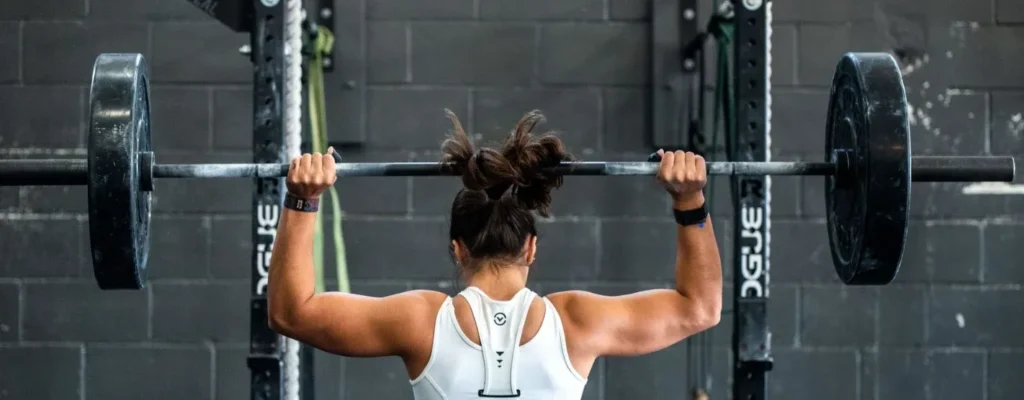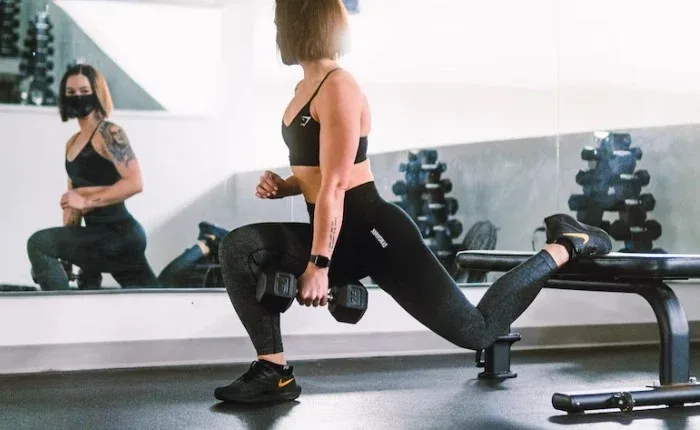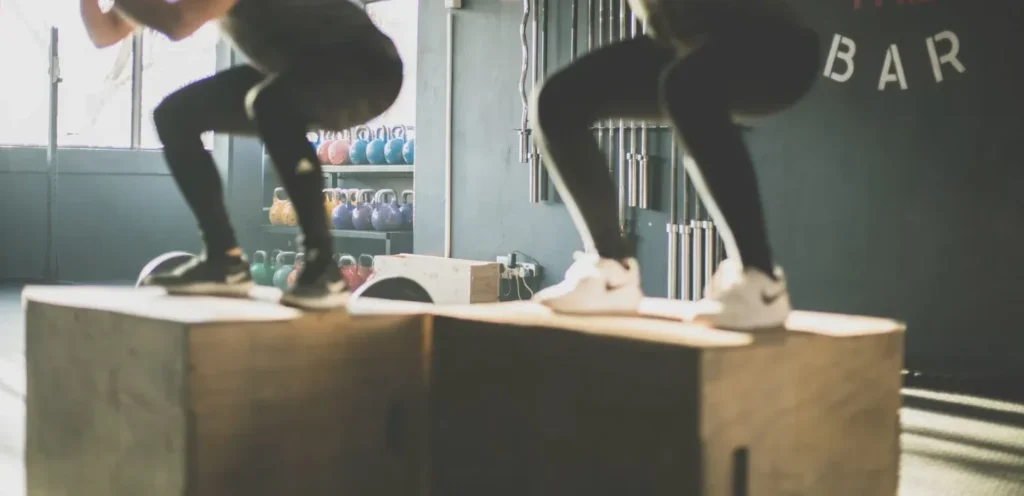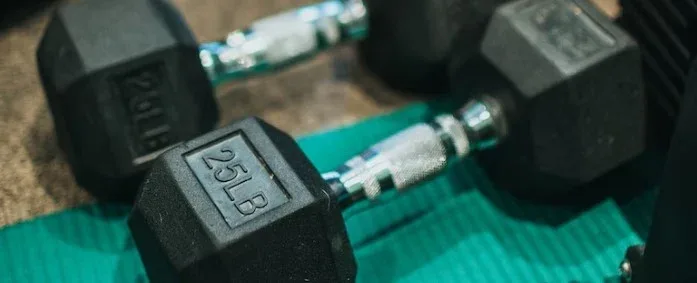Triathlons are physically demanding sporting event that requires athletes to swim, bike, and run in succession. With all of the training and competition that triathletes put their bodies through, it’s natural to wonder whether weight training is necessary or even beneficial. In this article, we’ll explore the role of weight training in triathlon performance and provide some tips on how to incorporate it into a training program.
First, let’s consider the benefits of weight training for triathletes. Weight training can:
- Improve muscle strength and power
- Enhance endurance
- Reduce the risk of injury
- Improve body composition.
All of these benefits can help triathletes perform better and stay healthy.
How to incorporate weight training
So, how can triathletes incorporate weight training into their training programs? It’s important to focus on proper form and technique to avoid injury and get the most out of each exercise.
Triathletes may want to consider exercises that target multiple muscle groups and incorporate both upper and lower bodywork. It’s also important to balance weight training with other training modalities, such as swimming, biking, and running, to ensure that all areas of fitness are being addressed.
Exercises to improve swimming
- Bench press – This exercise targets the chest, triceps, and shoulder muscles, which are all important for a strong swim stroke.
- Lat pulldown – This exercise targets the back muscles, which are used to pull the body through the water.
- Overhead press – This exercise targets the shoulder and upper back muscles, which are important for a strong swim stroke.
- Bicep curl – Strong bicep muscles can help with pulling the body through the water.
- Leg press – Strong leg muscles can help with kicking during the swim portion of a triathlon.

Exercises to improve Cycling
- Squats – This exercise targets the quadriceps, glutes, and hamstrings, which are all important for powering the pedals on a bike.
- Leg press – This exercise also targets the quadriceps, glutes, and hamstrings, and can help improve cycling performance.
- Lunges – This exercise targets the leg muscles, particularly the quadriceps and glutes, and can help improve cycling power.
- Step ups – This exercise targets the leg muscles and can help improve cycling endurance.
- Deadlifts – This exercise targets the leg and back muscles and can help improve cycling power and endurance.

Exercises to improve running
- Squats – This exercise targets the quadriceps, glutes, and hamstrings, which are all important for running.
- Lunges – This exercise targets the leg muscles and can help improve running power and stability.
- Calf raises – This exercise targets the calf muscles and can help improve running speed and endurance.
- Leg press – This exercise targets the quadriceps, glutes, and hamstrings and can help improve running power and endurance.
- Deadlifts – This exercise targets the leg and back muscles and can help improve running power and stability.
- Box jumps – This exercise targets the leg muscles and can help improve running power and explosiveness.
- Burpees – This full-body exercise can help improve running endurance and cardiovascular fitness.

The importance of core training in triathlon
Core training is important in triathlon because a strong core can help improve overall physical performance and reduce the risk of injury. The core muscles, which include the muscles of the abdomen, lower back, and hips, play a key role in maintaining proper posture and stability during physical activity. This is especially important in triathlon, where athletes must maintain proper form while transitioning between different disciplines and dealing with the challenges of training and competition.
Core training exercises for triathlon
- Planks – Planks are a great exercise for strengthening the core muscles, including the abdominal muscles, lower back muscles, and hip muscles.
- Russian twists – This exercise targets the oblique muscles and helps improve core stability.
- Bird dogs – This exercise targets the core muscles and helps improve balance and stability.
- Mountain climbers – This exercise targets the core muscles and helps improve cardiovascular fitness.
- Sit-ups – Sit-ups are a classic exercise for strengthening the abdominal muscles.
- Leg raises – This exercise targets the lower abdominal muscles and helps improve core stability.
- Medicine ball slams – This exercise targets the entire core and can help improve power and explosiveness.
Misconceptions
There are some common misconceptions about weight training and triathlon performance that are worth addressing. One is the idea that weight training will make you slower. In reality, properly executed weight training can actually improve speed and power. Another misconception is that weight training will bulk you up, making you too heavy to be a successful triathlete. However, the type and intensity of weight training can be tailored to suit the specific goals of each athlete.
Why is heavy lifting so good for triathletes?
Heavy lifting, or resistance training with heavy weights, can be beneficial for triathletes for a number of reasons.
First, heavy lifting can help improve muscle strength and power, which can be beneficial for all three disciplines of triathlon. For example, a stronger swim stroke can help triathletes swim more efficiently and effectively, while stronger leg muscles can help triathletes generate more power while biking and running.
Finally, heavy lifting can be a good way for triathletes to vary their training and keep things interesting. It’s important for triathletes to incorporate a variety of training modalities into their programs to ensure that all areas of fitness are being addressed.
It’s important to note that heavy lifting should be incorporated into a triathlon training program in a balanced and safe way and that proper form and technique should always be a priority. It’s also important to consult with a qualified fitness professional to ensure that a heavy lifting program is appropriate and safe for an individual triathlete.
Do triathlon athletes lift weights?
Yes, many triathlon athletes lift weights as part of their training. Weight lifting, or resistance training, can help triathletes improve muscle strength and power, enhance endurance, reduce the risk of injury, and improve body composition. It’s important for triathletes to incorporate a variety of training modalities into their programs to ensure that all areas of fitness are being addressed. It’s also important to consult with a qualified fitness professional to ensure that a weight lifting program is appropriate and safe for an individual triathlete.
Bottom line
In conclusion, weight training can be an important part of a triathlon training program. By including weight training in their training, triathletes can improve their performance and overall health. It’s important to focus on proper form and technique and to balance weight training with other training modalities. By doing so, triathletes can reap the many benefits of weight training while still maintaining their triathlon-specific fitness.
